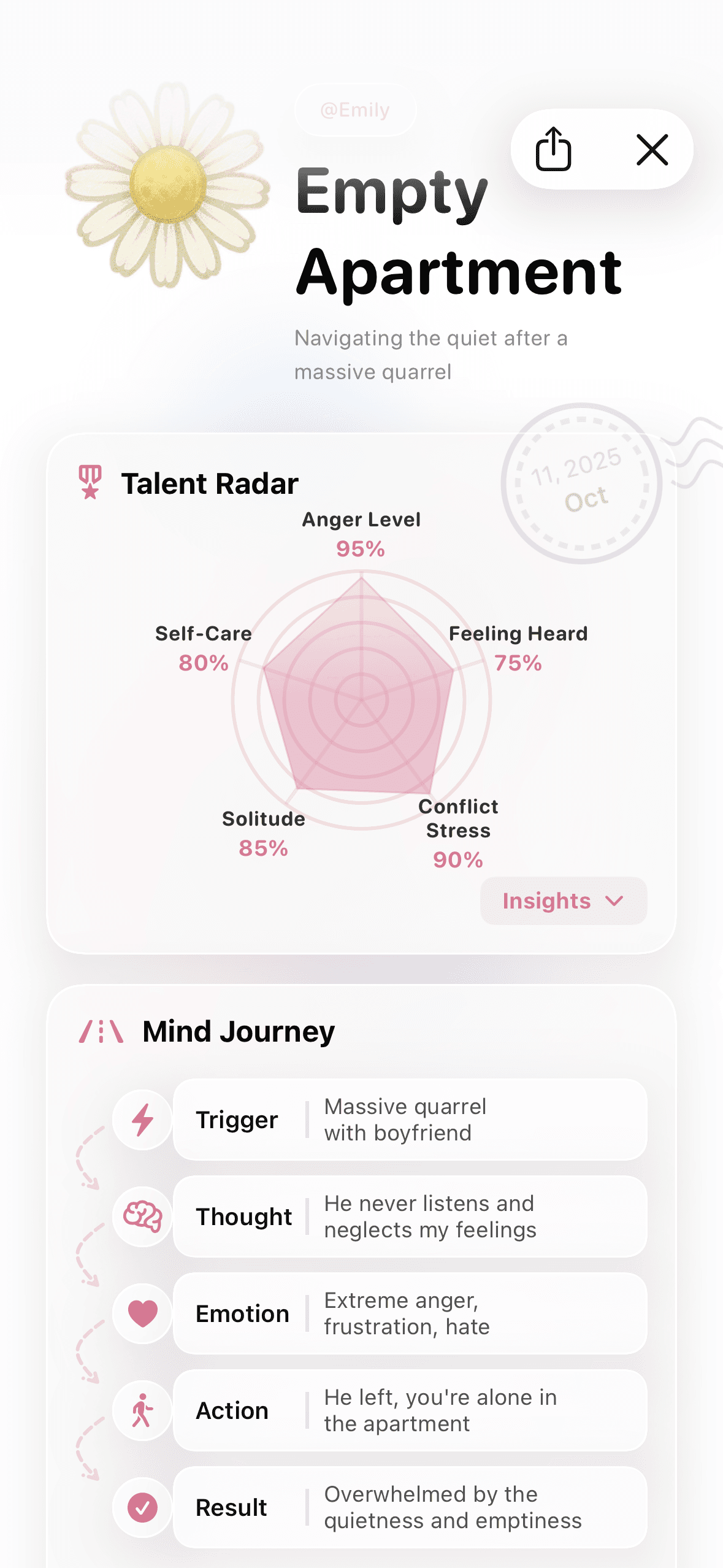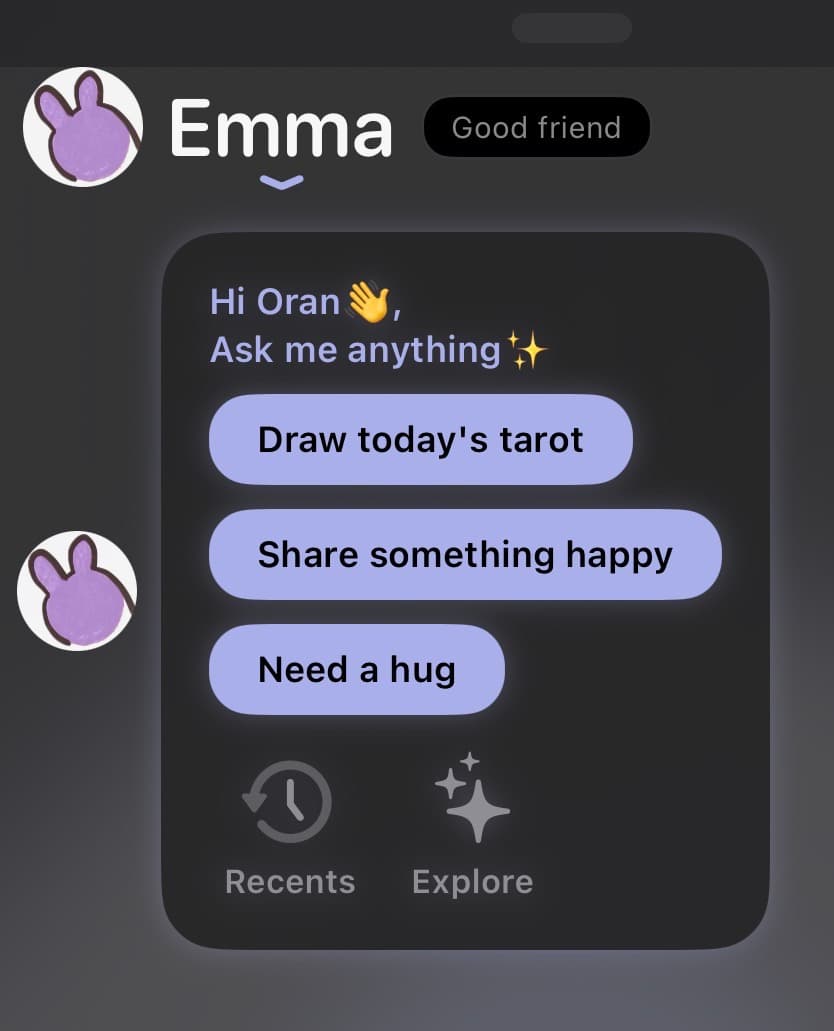When the pandemic pushed millions into remote work, it seemed like a dream come true. No commute, flexible schedules, work in pajamas. Three years later, mental health professionals are seeing the hidden costs.
Remote work isn't just changing where we work—it's fundamentally altering our relationship with work, social connection, and ourselves. And for many, the impact on mental health has been devastating.
The Invisible Crisis
Sarah, a 34-year-old software developer, describes her experience: "I thought I'd love working from home. But after six months, I realized I'd go entire days without speaking to another human being. I was productive, sure, but I was also deeply lonely and didn't even realize it."
Sarah's story isn't unique. A 2024 study by the American Psychological Association found that 67% of remote workers report increased feelings of isolation, while 58% struggle with work-life boundaries. Even more concerning, 43% reported symptoms of depression—a 23% increase from pre-pandemic levels.
The Paradox of Remote Work
Here's the paradox: remote work offers unprecedented flexibility and autonomy, yet these very benefits can become liabilities without proper boundaries and awareness.
1. The Erosion of Boundaries
Without physical separation between work and home, the boundaries blur dangerously. Your bedroom becomes your office. Your kitchen table, a conference room. There's no commute to decompress, no physical leaving that signals "work is over."
The result? Many remote workers report working longer hours than they did in offices. A Stanford study found remote workers average 1.4 more days per month than their office counterparts—that's over two full work weeks annually.
2. The Loneliness Epidemic
Humans are social creatures. Office small talk, lunch conversations, even casual hallway interactions—these weren't just distractions. They were essential social nourishment.
Dr. Vivek Murthy, former U.S. Surgeon General, calls loneliness "a growing health epidemic" comparable to smoking 15 cigarettes daily. Remote work, without intentional social connection, accelerates this crisis.
3. The Always-On Mentality
When your home is your office, there's always "just one more thing" to check. Email at 10 PM. Slack messages during dinner. The pressure to prove you're working (since managers can't see you) creates constant anxiety.
This hypervigilance takes a profound toll. A 2025 Microsoft study found that remote workers experience 62% more after-hours messages than before remote work became widespread.
The Biological Impact
The mental health effects of problematic remote work aren't just psychological—they're physiological.
Disrupted Circadian Rhythms
Without a commute or structured office environment, many remote workers fall into irregular sleep patterns. Combined with increased screen time and less natural light exposure, this disrupts circadian rhythms—leading to sleep problems, mood disorders, and decreased cognitive function.
Sedentary Lifestyle
Office workers average 4,000-5,000 steps daily just from workplace movement. Remote workers? Often less than 2,000. This dramatic decrease in physical activity directly impacts mental health, as exercise is one of the most effective mood regulators.
Chronic Stress Response
The lack of boundary between work and personal life keeps many remote workers in a low-grade stress state. Your nervous system never fully relaxes when your workspace is always visible, always accessible.
7 Evidence-Based Strategies to Protect Your Mental Health
1. Create Physical Boundaries
Designate a specific workspace—even if it's just a corner of a room. When you're there, you're working. When you leave, work is over. This physical boundary helps your brain distinguish between work mode and rest mode.
Action step: If possible, face your desk away from your bed/living space. Use a room divider or bookshelf to create visual separation.
2. Implement Hard Stop Times
Set a firm end to your workday and stick to it. Use phone alarms, calendar blocks, or apps like Lifelight to track your work hours and send reminders when it's time to stop.
Lifelight's mood tracking can help you notice patterns—like how your evening mood correlates with working past 6 PM. Data makes the invisible impact visible.
3. Schedule Social Interaction
Put social time on your calendar with the same importance as work meetings. This might include:
- Weekly video calls with friends (not work-related)
- Co-working sessions at cafes or libraries
- After-work activities or classes
- Regular lunch dates
Don't wait until you "feel like it"—schedule it first, motivation follows action.
4. Create a Shutdown Ritual
Since you can't physically leave the office, create a ritual that signals work is over:
- Review tomorrow's tasks and close all work apps
- Change clothes (even if it's just swapping one comfortable outfit for another)
- Take a short walk around the block
- Journal about your day in Lifelight to process and close out work thoughts
5. Prioritize Morning Sunlight
Get outside within 30 minutes of waking up. Morning sunlight exposure regulates circadian rhythms, improves mood, and enhances sleep quality. Aim for at least 10-15 minutes, even on cloudy days.
6. Build Micro-Movements Into Your Day
Set hourly reminders to stand, stretch, or walk for 2-3 minutes. These micro-breaks:
- Reduce physical strain
- Improve focus and productivity
- Provide mental reset points
- Decrease stress hormone levels
7. Track Your Mental Health Patterns
What gets measured gets managed. Use a mood tracking app like Lifelight to identify:
- Which days your mood is lowest (often Mondays and days with back-to-back meetings)
- How work hours correlate with wellbeing
- What activities genuinely improve your mood vs. what you think helps
- Early warning signs of burnout before it becomes severe
Lifelight's AI can identify patterns you might miss, like "Your mood drops 40% on days you skip morning exercise" or "Video calls after 4 PM consistently impact your evening wellbeing."
When to Seek Professional Help
Remote work challenges are normal, but persistent symptoms warrant professional support. Seek help if you experience:
- Depression or anxiety lasting more than two weeks
- Significant sleep disturbances
- Loss of interest in activities you previously enjoyed
- Difficulty concentrating or making decisions
- Physical symptoms like headaches or digestive issues
- Thoughts of self-harm
Many employers now offer teletherapy through employee assistance programs. Online therapy platforms have made mental health support more accessible than ever.
The Future of Remote Work
Remote work isn't going away. According to Gartner, 48% of employees will continue working remotely at least part-time post-pandemic. The question isn't whether to embrace remote work, but how to do it sustainably.
The key is intentionality. Remote work requires conscious effort to maintain boundaries, connection, and wellbeing that previously happened automatically in office environments.
By implementing these strategies and regularly checking in with yourself (whether through journaling, mood tracking, or therapy), you can enjoy the benefits of remote work without sacrificing your mental health.
Your Mental Health Matters More Than Productivity
In remote work culture, there's pressure to constantly prove your value. But remember: you're not a productivity machine. You're a human being who needs rest, connection, and boundaries.
The work will always be there. The question is: will you be there—mentally, emotionally, physically healthy—to do it?
Start with one strategy from this list. Track how it affects your wellbeing. Adjust. Build from there.
Your future self will thank you.



